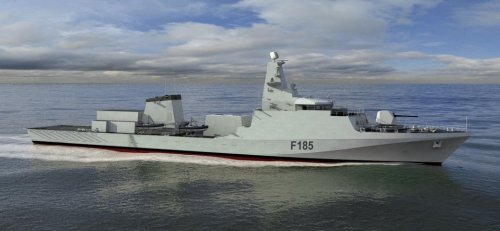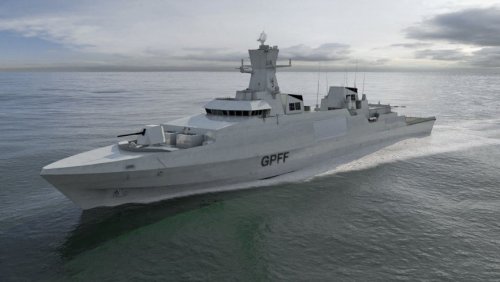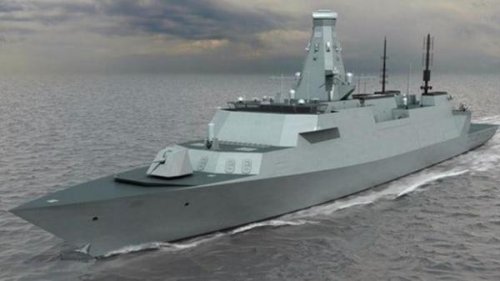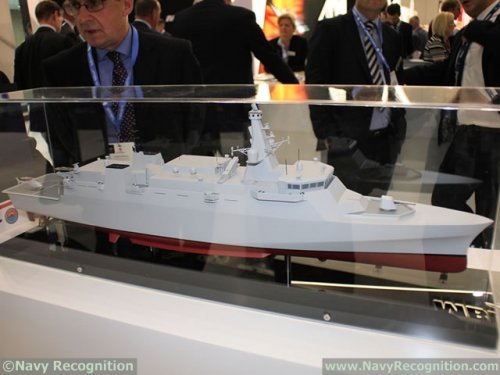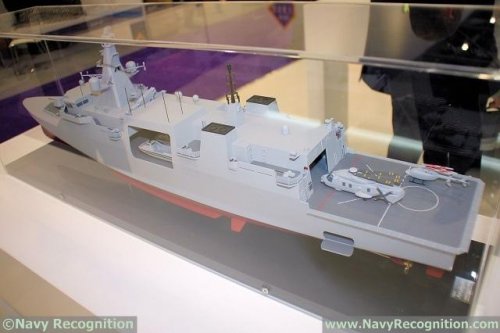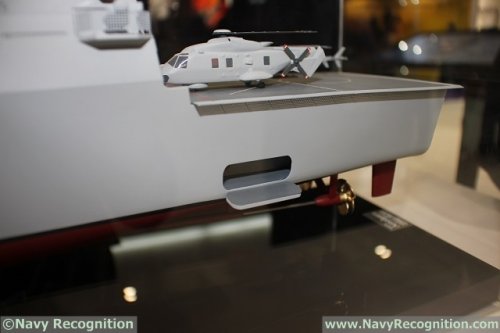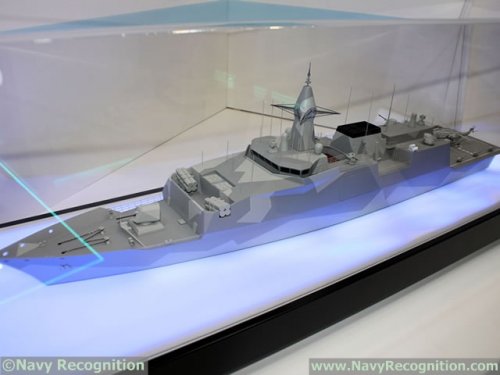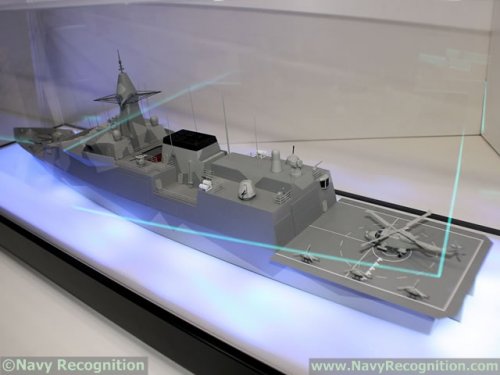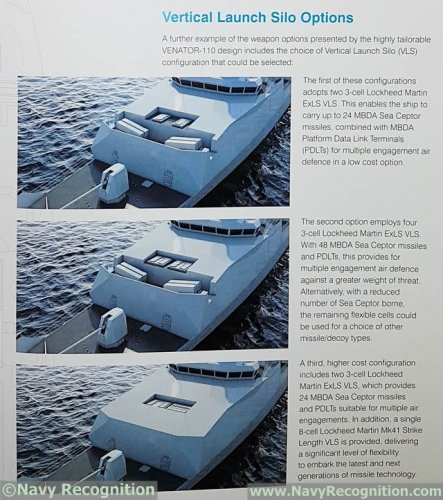A cheaper and general purpose frigate is the tagline that describes the Type 31 Frigate, it has also been called the child of austerity but it could be more than it, it could be a ticking timebomb for the Royal Navy.
This article is the opinion and thoughts of the author and not representative of the views of the UK Defence Journal.
A ticking timebomb may sound like a harsh and critical view of the T31 but in several areas this conclusion can be reached. As it is a ship design that will be driven by fiscal concerns that will cause capabilities to be reduced potentially leading to the production of a ship that could be unfit for purpose.
Before I delve into the different issues that will come into play for the T31 some context is needed. As it stands the Royal Navy has a fleet of 13 frigates and plans to replace them one for one which was originally going to be 12 T26s but this was reduced to 8xT26 and then 5xT31 owing to the budget available and rising costs for the T26.
Financially the Type 31 Frigate as it stands is a wise decision to be made for the Royal Navy as currently 13 T26 frigates cannot be afforded, so to have 8 of them followed by 5 cheaper frigates could be a good idea.
Yet the worry is what kind of frigate could be expected within the money set aside which works out to approximately £350 million per ship in contrast to the £800 million for a Type 26 frigate.
The question then is where will the £450 million of savings be made to reduce the price tag of the ship to less than half of that of a T26?
Obviously as one would expect the potential designs that have been pitched are considerably smaller than that of the T26 but size alone will not drive the cost down. As looking at the designs, especially the BAE offerings, they look like very stripped down vessels or slightly upscaled OPVs.
Yet are these designs not something to be expected and potentially the only viable solution from a budgetary point of view. As with all programmes a vast amount of the costs are generated in the research and development stage, so before you even cut steel the price tag is high.
So by offering ships based on current designs BAE can likely keep the costs down for they are not designing an entirely new class of ship. Not to mention the designs remove aspects such as a helicopter hangar which removes capabilities for cost.
We are yet to be enlightened about the role of the Type 31 Frigate outside of it being a general purpose frigate but we can still speculate on the role that it will fill and perform.
It is going to be replacing the T23 frigate which is primarily an ASW platform so it is a safe assumption the the Type 31 Frigate will be performing an ASW role. But by all accounts the T26 will be the world’s leading ship for ASW but can the T31 be expected to be just as good?
That is yet to be determined and something we may not know until the first ship hits the water but it is likely that as with the T26 they will be equipped with the 2087 towed sonar array or at least the potential to mount it.
Yet as mentioned earlier with the BAE designs while there is a landing pad for a helicopter there is no hangar for one. This could be of serious concern and make either Project Spartan or the BMT Venator 110 front runners as a helicopter is a serious asset for ASW and having a hangar increased the operability of a helicopter from a vessel.
Outside of ASW a limited AAW capacity could be expected with the mounting of VLS for Sea Ceptor though how many can be fitted onto a smaller vessels is to be seen and would be very much for self protection.
Though how much self protection is also a topic for debate as there are likely to be many times when they may have to deploy on their own, outside the protection of T45s and T26s, so could the Type 31 Frigate hold its own?
As if it couldn’t we are then faced with a serious credibility issue and rather than expanding the fleet we would have in essence reduced it as they would need to remain near a ‘big brother’ escort meaning less ships to patrol the same area. And we have a vessel that in effect becomes a secondary escort to a larger task group which does offer up a new role for a vessel class.
If the Type 31 Frigate became a smaller and secondary escort vessel that could offer up many uses in a task group. A vessel that could detach from the main group at times if to scout ahead or go closer to a coast line, to perform search and rescue if an aircraft was downed, to offer close support to amphibious landings or to escort RFA ships.
Though outside of this she could have a large role in maritime protection as with potential water disputes after Brexit ships may be needed to patrol our waters and this could be a ship well suited to that need.
There is the potential for a very flexible ship but how much and what she can undertake would be subject to the design that is chosen. There has been suggestions that instead of 5 general purpose frigates, we design 5 role specific frigates but that would either create 5 different designs all becoming expensive to purchase. Or a design similar to the American Littoral Combat Ship with a modular design but this is an idea the Americans are moving away from so may not be a good course to pursue.
I may have laid out an image of doom and gloom for the T31 but while there are many elements to be worried about the ship could also offer cause for celebration. Firstly, if the Royal Navy was to grow its escort hull numbers this ship offers a viable path owing to its low cost.
So while the number of orders may remain low at the moment there is always the potential for an increase in order numbers in years to come. There is also the build time to consider, as a T26 will take 1 ½ years to build so if 13 of these were built there would certainly be a drop of numbers as the build and commission dates would not match the T23 out of service dates.
As a smaller ship the build time would likely be lower so the arrival of these ships would help to combat any potential drop in the number of frigates. There is also the matter of where they are built as the BAE yard on the Clyde will be busy with the T26 so other UK yards could build this ship, boosting the shipbuilding industry of the UK.
While the T31 may offer limited capabilities by itself it has the potential to offer the Royal Navy great flexibility in its role and be able to respond with more appropriate force to a situation. As there may be times when we do not want to sabre rattle by sending a £1bn warship somewhere but a smaller cheaper frigate to fly the flag could be what a situation calls for.
It could allow for both the growth of the Navy itself and of the industry that supports the Navy as well as many jobs here in the UK. But also allow the Navy to expand its role and ship operations from ASW and carrier operations (upcoming) to more low key operations with this smaller vessel.

